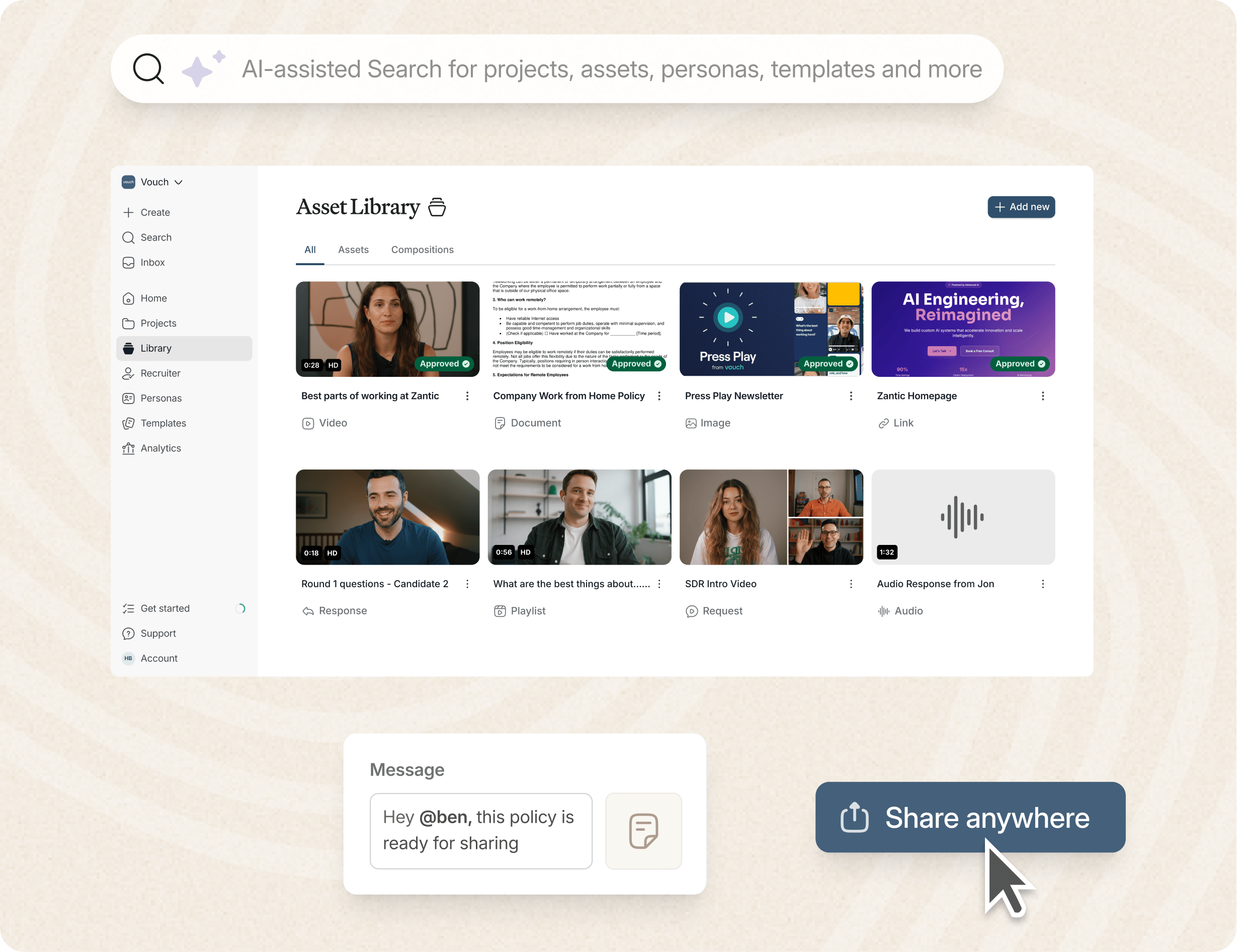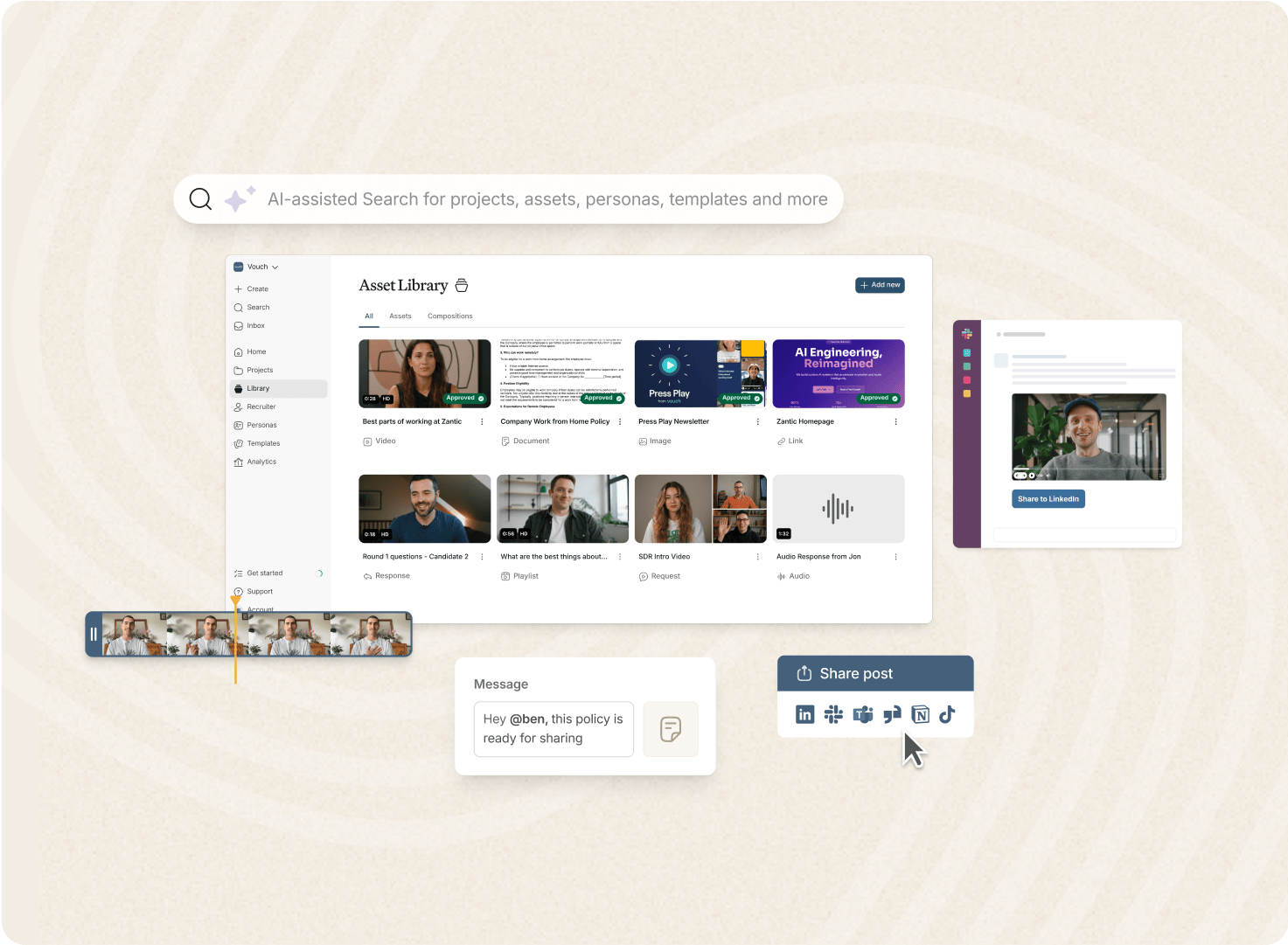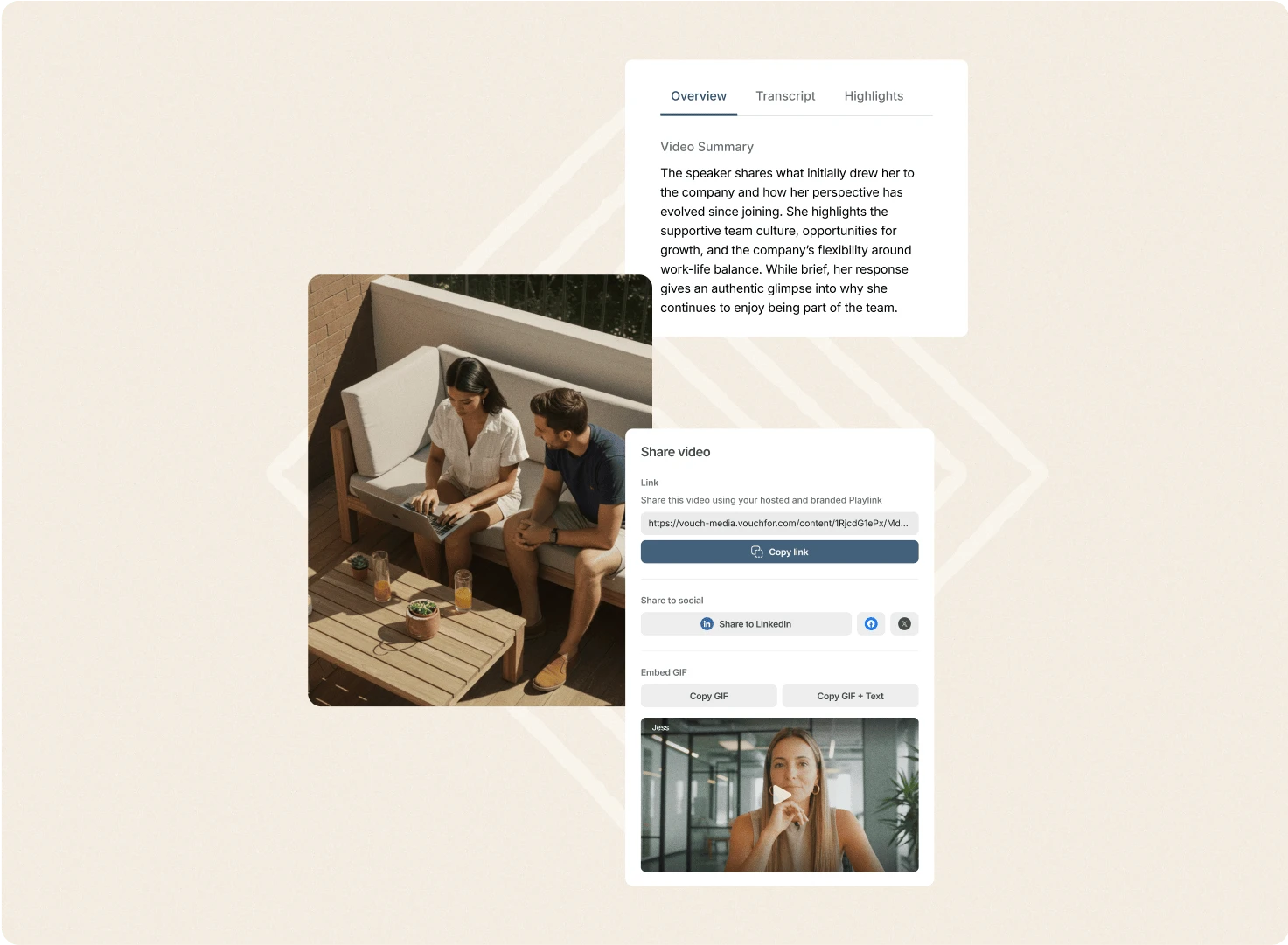The textile industry, including the fashion industry and apparel industry, is facing intense competition when it comes to attracting high-quality employees.
Rapid changes in sustainable materials, environmental responsibility, and product management are transforming the sector, making employer branding more important than ever.
Here are some important statistics to note:
- Employee turnover in the garment industry is over 20% annually, making retention a challenge (Clean Clothes Campaign).
- Companies with a strong employer branding model reduce hiring costs by 50% and improve retention by 28% (Journal of Brand Management).
- A positive company reputation helps attract potential employees who align with sustainability and corporate governance goals.
7 Employer Branding Steps for Textile Companies
By implementing an effective employer branding strategy, textile companies can become a desired workplace for future employees while improving current employee engagement, job satisfaction, and employee retention.
So, let's get started.
Strategy 1. Use Video to Showcase Employee Stories and Workplace Culture
Video content is one of the most effective ways to enhance employer branding. Using tools like Vouch (vouchfor.com), textile companies can:
✔ Share real employee stories to improve employee perceptions.
✔ Highlight workplace diversity, sustainability efforts, and career growth opportunities.
✔ Bring company culture to life through employee involvement and testimonials.
💡 Example: Leading apparel brands like Patagonia use video content to promote their commitment to sustainability, improving their appeal to potential employees interested in environmental impact.
The AI-enabled workspace for talent teams.
- Unified workspace for talent teams
- Accelerate hiring with AI tools
- Auto-generate polished hiring and employer brand content
- Easily repurpose assets across all channel

Strategy 2. Define a Strong Employee Value Proposition (EVP)
A clear EVP helps textile companies stand out in a crowded job market. It should communicate:
✔ Career opportunities in product management, sustainable enterprise excellence, and textiles industry roles.
✔ Commitment to environmental responsibility, ethical sourcing, and reducing the carbon footprint.
✔ A workplace environment that fosters efficient teams and competent leadership teams.
💡 Example: H&M's EVP focuses on sustainable fashion and diversity, reinforcing its reputation as a leader in the garment industry.
Strategy 3. Strengthen Digital Presence and External Communications
A strong employer branding model includes an active digital presence. Textile companies should:
✔ Optimize their company profiles on job platforms like LinkedIn.
✔ Share company achievements, branding dimensions, and governance indicators through blogs and social media.
✔ Use email and video internal communication to engage prospective employees with company updates and career openings.
💡 Example: Levi's actively promotes its employer brand on LinkedIn and through email communication, ensuring positive experiences for potential candidates.
Strategy 4. Create a Sustainable and Ethical Workplace Culture
The textile industry is under pressure to prioritize sustainable materials, ethical labor practices, and corporate governance. A strong workplace culture and environment includes:
✔ Transparency in sourcing and adherence to standards.
✔ Employee engagement programs that reinforce sustainable enterprise excellence.
💡 Example: Eileen Fisher builds its company identification around ethical fashion and sustainability, attracting talent who value responsibility.
Strategy 5. Improve the Candidate Experience in Recruitment
A seamless candidate experience improves hiring success and strengthens employer branding efforts. Textile companies can:
✔ Simplify the recruitment process with clear job descriptions and faster hiring timelines.
✔ Offer positive experiences during interviews through structured feedback loops.
✔ Organize campus recruitment and internships to build a pipeline of future employees.
💡 Example: Inditex (Zara's parent company) focuses on clear communication during recruitment and onboarding, making the hiring process smooth and appealing to job seekers.
Strategy 6. Build Career Development and Training Programs
To attract and retain high-quality employees, textile companies must provide strong career development and internal training opportunities. Strategies include:
✔ Offering training programs in Textile Development and other areas like marketing and sales.
✔ Providing hands-on experience in apparel brands' finished product supply chains.
✔ Supporting career paths in design, manufacturing, and product management.
💡 Example: Nike's employer branding strategy emphasizes continuous learning, mentorship, and skill-building opportunities.
Strategy 7. Engage Employees in Sustainability and Social Impact Initiatives
Textile companies that engage employees in sustainability efforts see higher employee satisfaction and retention rates. Best practices include:
✔ Encouraging employee participation in environmental responsibility programs.
✔ Supporting employee-led sustainability initiatives that align with business ethics.
💡 Example: Stella McCartney integrates sustainability at every level, positioning itself as a foremost sustainability leader in the fashion industry.
Final Thoughts: Building a Strong Employer Brand in the Textile Industry
A successful employer branding strategy in the textile industry requires companies to:
✔ Use video content to showcase company culture (with Vouch)
✔ Define a clear employee value proposition (EVP)
✔ Strengthen digital presence and communication
✔ Build an ethical and sustainable workplace environment
✔ Improve the candidate experience in recruitment
✔ Offer career development opportunities and training
✔ Engage employees in sustainability and social impact efforts
By following these steps, textile companies can attract high-quality employees, improve job satisfaction, and create a positive impact in the industry.
FAQs
Why is employer branding important in the textile industry?
It helps attract potential employees and retain top talent in a competitive job market.
How does video improve employer branding?
Video content, using tools like Vouch, creates an authentic and engaging way to showcase employee perceptions and company culture.
What is an employee value proposition (EVP)?
An EVP defines the benefits employees receive, including career opportunities, work-life balance, and sustainability efforts.
How can textile companies improve employee engagement?
By fostering a positive workplace environment, promoting corporate governance, and involving employees in sustainability initiatives.
What are the top employer branding strategies for textile companies?
Using social media, employee testimonials, career development programs, and employer branding content to attract talent.
How can textile companies reduce turnover?
By offering job satisfaction, career growth, and continuous learning opportunities.
How do sustainable initiatives affect employer branding?
They improve the company's reputation and attract talent who value environmental responsibility and ethical business practices.
Implement Effective Employer Branding Strategies With Vouch
Loved by companies like Canva, Nike, Cisco, HubSpot, Amazon, and more, tools like Vouch make leveraging video for employer branding remarkably easy.
Book a Vouch demo today and chat with an employer branding expert.
You might also like

Elevate Your Brand Today With Vouch
Discover how Vouch can accelerate talent acquisition while helping you stay on-brand.






